RESIDENTIAL REALITY: Addressing region’s construction boom amid vacancy low
BIG READ: Local leaders and ministerial department weigh in on region’s housing affordability and availability. See what they said:
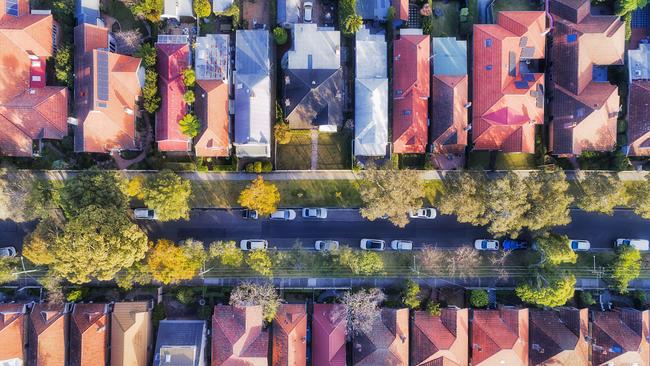
Bundaberg
Don't miss out on the headlines from Bundaberg. Followed categories will be added to My News.
Ambivalent may be one way to describe the local housing availability situation.
The status of the region's housing development has seemly gone from strength to strength, but the door for those looking to rent in Bundy is barely ajar.
Bundaberg Mayor Jack Dempsey said last year was the busiest for development activity in the Bundaberg region since the Global Financial Crisis.
A statement from the REIQ's data for the December 2020 quarter shows rental vacancies in Bundaberg were at 0.4 per cent and 0.6 per cent at the Fraser Coast.
Cr Dempsey said he was interested to read that Australia's population fell in the September quarter for the first time since 1916 during the First World War.
"Net interstate migration was negative in every state and territory last year except Queensland (+27,115) and Tasmania," he said.
"This confirms the anecdotal evidence that people were leaving New South Wales (-20,388) and Victoria (-3636) to escape Covid lockdowns.
"Many people from interstate have been purchasing house-and-land packages in the Bundaberg region, often sight unseen."
Cr Dempsey said this created a construction boom which had broad benefits for the local economy.
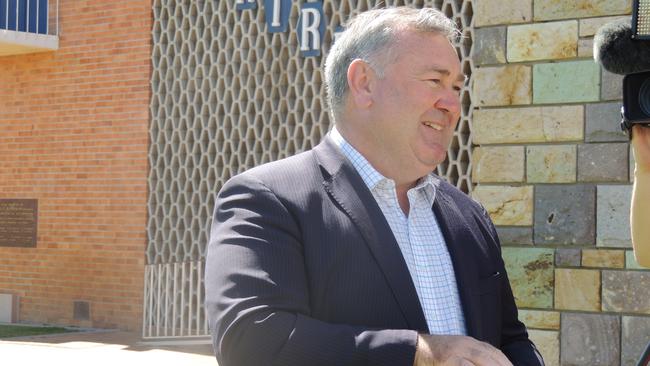
"Last year was the busiest for development activity in the Bundaberg region since the Global Financial Crisis," he said.
"More than 800 applications of all types were received in 2020 and the upward trend has continued into 2021.
"The number of applications submitted in February was higher than every month in 2020 and the first week of March saw half of February's total submitted again."
He said most of this activity has been in residential dwellings and subdivisions.
But it's not all roses.
Cr Dempsey said the downside of more people moving to the region was pressure on housing affordability and availability, especially rentals.
He said the state and federal governments should consider policies to make finance easier to obtain for residential investment housing and offer tax incentives for landlords beyond negative gearing.
"At a local level, council has approved numerous residential subdivisions," he said.
"The Building Bundaberg Region package offers a range of concessions and incentives to encourage development activity.
"The previous Bundaberg Open for Development program incentivised works valued at $355 million including 572 units and 1750 new residential lots."
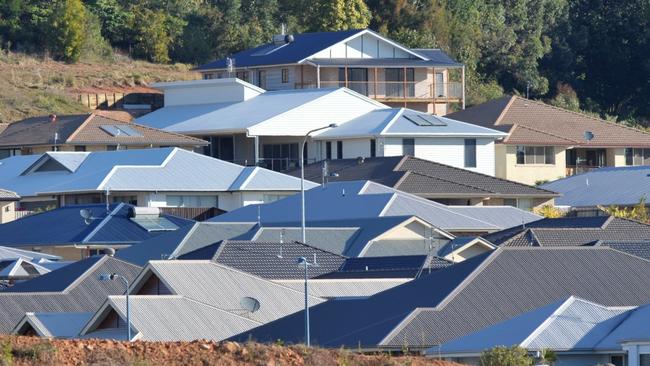
He said the council had been proactive to ensure sufficient land was available for residential development.
In the region, more the 15,000ha of land is reportedly available for residential development, capable of delivering up to 18,000 dwellings.
"There were 2901 approved housing lots in our region at the end of September 2020," Cr Dempsey said.
"Of these approved lots, 27 per cent have further approval to build civil works necessary to service them and could be delivered by the private development industry within a short timeframe.
"We have an enviable lifestyle in the Bundaberg region and more people want to share it."
He said it was great that state and federal programs have stimulated housing construction, but we now need national policies to ensure greater availability of rental stock.
Burnett MP Stephen Bennett said there had been a "chorus of concern" about the housing and rental "crisis" across the state.
"Every week I'm receiving calls from young families, couples and professionals, who are in desperate need of a roof over their head; this crisis is not discriminating," he said.
"Yes, everybody wants to see a property market where there is growth, but it's got to be sustainable growth.
"Clearly what we are currently doing, is not working."
Mr Bennett hit out at the State Government, criticising delays with regards to planning approvals and an "inability" to work with the private sector.
However, a spokesperson from the Department of State Development, Infrastructure, Local Government and Planning said there was no delay in planning approvals in the Bundaberg and Burnett regions.
Mr Bennett said the LNP was calling on the State Government to make more land available, more housing options available, to re-energise it's development arm and most importantly to work with the private sector.
He wants to see community and social housing opportunities and road infrastructure to accompany housing developments.
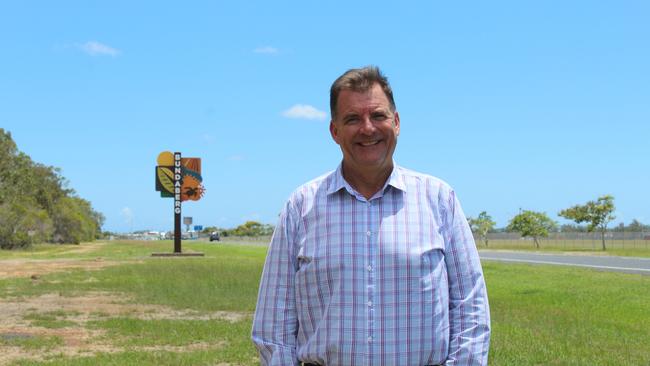
Mr Bennett said to move forward, we need all levels of government to not only work with the private sector, but to actively reach out to them and create partnerships.
"We need investment in Regional Queensland, and the Palaszczuk Government needs to cease its fixation on the South East Corner," he said.
"They have refused to invest in infrastructure that will open up new opportunities.
"Meaning people who are already living our region have their lifestyle put at risk, while those who want to move here, have nowhere to go. It's the worst of both worlds."
The department spokesperson said the current status of development application approvals, in the Bundaberg Regional Council area, and the Wide Bay Burnett region as a whole, was exceeding the numbers required to meet the population demand.
"The Wide Bay Burnett region is averaging around 14 years of available land supply," they said.
The spokesperson said the department had commenced a review of the current Wide Bay Burnett Regional Plan 2011 in partnership with all six regional councils - Bundaberg, Cherbourg, Fraser Coast, Gympie, North Burnett and South Burnett.
"The regional plan will identify long-term requirements for residential land in the region and how to accommodate projected population growth," they said.
"This will support the coordination of infrastructure and enable residential growth beyond the life of local planning schemes.
"There's ongoing monitoring of the residential land approval and state government regularly engages with the private development sector as key stakeholders in the planning and development system."
The spokesperson said the recent Building Acceleration Fund was an example of the state government directly assisting private developers and local governments to provide the infrastructure necessary to unlock land supply for development.
Member for Bundaberg Tom Smith said the most effective way State Government can support the ongoing housing needs of the Bundaberg region was to provide the development and construction of social housing.
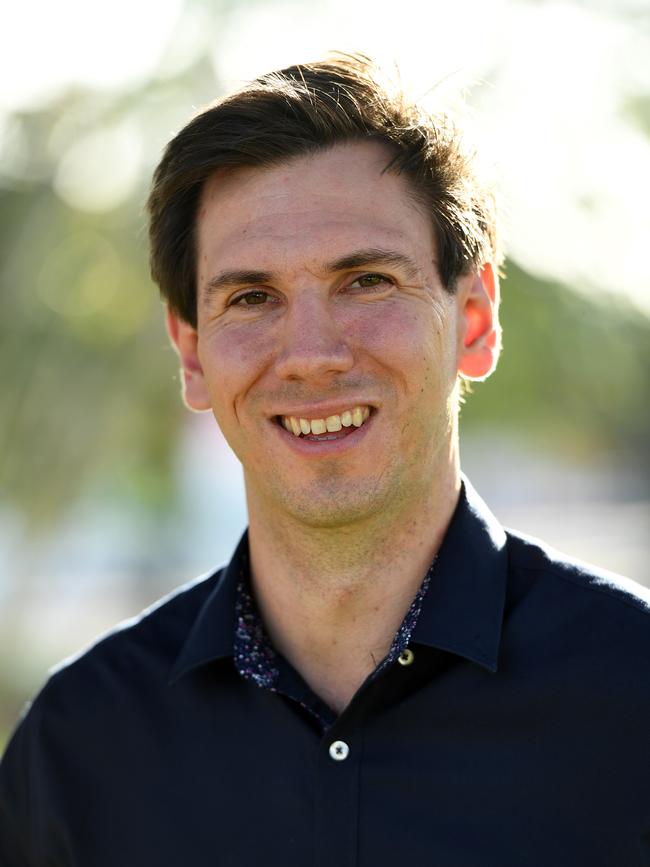
"The Housing Construction Jobs Program is a key initiative of the Queensland Housing Strategy 2017-2027, which provides $1.6 billion investment to deliver more social and affordable housing over the program's ten-year period," he said.
"Since the commencement of the program, contracts have been awarded for the commencement of 40 new social housing structures in Bundaberg, supporting the creation of more than 30 jobs during the construction of these projects."
Mr Smith said these include:
- 4x 2-bedroom duplex units in Millbank
- 16 x 2-bedroom apartments in Avenell Heights
- 4 x 2-bedroom apartments in Bundaberg
- 16 x 2-bedroom apartments in Kalkie
"In addition to the $1.6b Queensland Housing Strategy, the $100m Works for Tradies is a vital part of Queensland's recovery strategy to help the State recover from the COVID-19 pandemic," he said.
"This will support a further 24 new homes across the Wide Bay region.
"In addition to providing social housing, the State Government can provide confidence for potential developers by delivering on major infrastructure projects such as the upgrades to Isis Highway and Goodwood Road, the Bundaberg Hospital and the proposed Bundaberg East Levee."
Member for Hinkler Keith Pitt said the HomeBuilder program led to a housing boom right across the electorate and combined with interest rates at a record low, available developed land is in "short supply".
"According to housing data from the ABS, in the 2020-21 financial year to date there have been 359 new housing approvals in Bundaberg and 562 new housing approvals on the Fraser Coast," he said.
"Both state and local governments have a role to play in encouraging residential development, whether that's streamlining processes or providing additional incentives.
"There is a shortage of available and affordable housing, not only in our area, but right across the country."
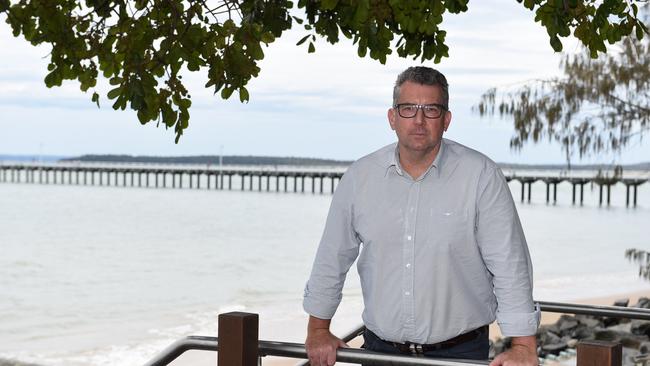
He said the frontline provision of housing and homelessness support is predominantly a State Government responsibility, however the Federal Government provides around $1.6b through the National Housing and Homelessness Agreement (NHHA) to states and territories.
"Queensland will receive $326.6m under the NHHA in 2020-21, including $32.9m in dedicated homelessness funding, and more than $4.6b in Commonwealth Rent Assistance is provided to help eligible Australians pay their rent," Mr Pitt said.
"Locally, the Coalition Government has provided $1,025,458 to Reconnect Fraser Coast which works with young people aged 12-18 who are homeless or at risk of homelessness.
"The service provides counselling, family mediation and practical support to find accommodation to young people and their families."
He said the Federal Government had established a number of measures to improve housing and homelessness outcomes including the First Home Loan Deposit Scheme to support first home buyers, the National Housing Finance and Investment Corporation to help grow the community housing sector, the $1b National Housing Infrastructure Facility to help unlock new housing supply, including social housing, and $78m for domestic violence housing services including $60m to build emergency accommodation and $18m for the Keeping Women Safe in their Homes program.
MORE STORIES


